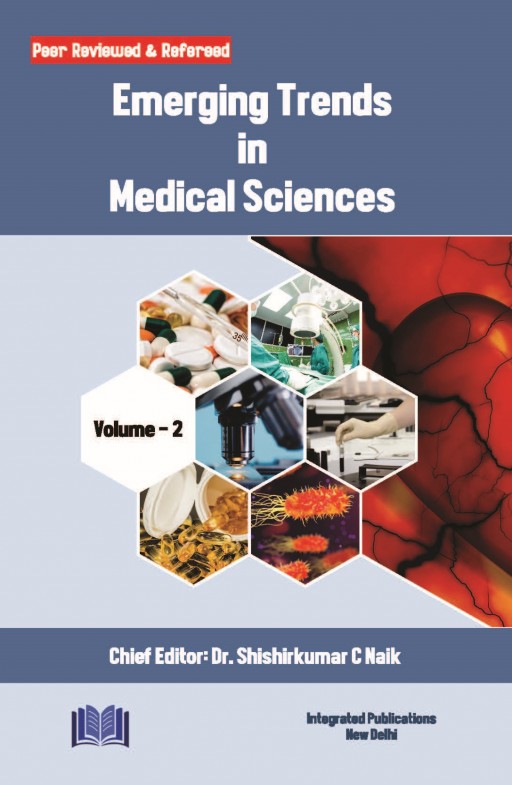Ethnobotanical Study on Anti-viral Effects of Neem Plant (Azadirachta Indica A. Juss.) on Dengue virus Disease Distt Shahdol M.P. Central India


The first record of a case of dengue fever is in Chinese Jin Dynasty (266–420) which referred to a "ditches water poison " associated with flying insects. The primary vector, A. aegypti, spread out of Africa in the 15th to 19th centuries due in part to increased globalization secondary to the slave trade. There have been descriptions of epidemics in the 17th century, but the most plausible early reports of dengue epidemics are from 1779 and 1780, when an epidemic swept across Southeast Asia, Africa and North America. From that time until 1940, epidemics were infrequent. Azadirachta indica A. Juss. Several studies on larvicidal potential of natural products for controlling Aedes mosquito have been carried out. Studies showed that ethanol extracts from fruit endocarps of Melia azedarach and Azadirachta indica, members of the family Meliaceae, were found to have lethal effects on A. aegypti larvae, with LC50 values ranging from 0.017 to 0.034 g%. Two limonoids, melianone and 3-α-tigloyl-melianol, contained in the fruits of Melia are strongly active, at micromolar level, against three viruses belonging to Flavivirus genus, dengue-2 yellow fever virus, and West Nile virus. The mosquito Aedes aegypti Aedes aegypti (Linnaeus in Hasselquist, 1762) can transmit dengue viral diseases which affect millions of people throughout the world than any other group of phylum’s arthropods. The World Health Organization (WHO) has declared it as “public enemy number one. Dengue is one of the most serious arthropod infections, which has become a life-threatening in India. Mosquito Aedes aegypti have become one of the major life-threatening parasites in Asian countries nowadays. Dengue virus which is spread by Aedes aegypti has become a challenging one to control its breed and the fever caused by it. Azadirachta indica A. Juss. of Meliaceae family have proved for its antiviral and antiparasitic activity is due to the secondary metabolites such as limonoids, polyphenols. Dengue virus (DENV) has become a major health threat worldwide accounting for 50-100 million infections every year and keeping 2.5 billion people at a risk of the infection. It is therefore highly necessary to discover newer drugs and therapies for this deadly virus. In this paper we report important insights we have obtained through traditinal medicine ethnobotanical analysis of small molecules of Neem (Azadirachta indica A. Juss.) against dengue viral proteins and its required proteins in human. Our study involves identification of the effect of specific Neem on proteins of human and virus. The target of this research article is to discuss the importance of the plants belonging to the Meliaceae family (Azadirachta indica A. Juss.) which has potent action against the dengue virus which is found in abundant in India have to be used by following its traditional and ethnic values.